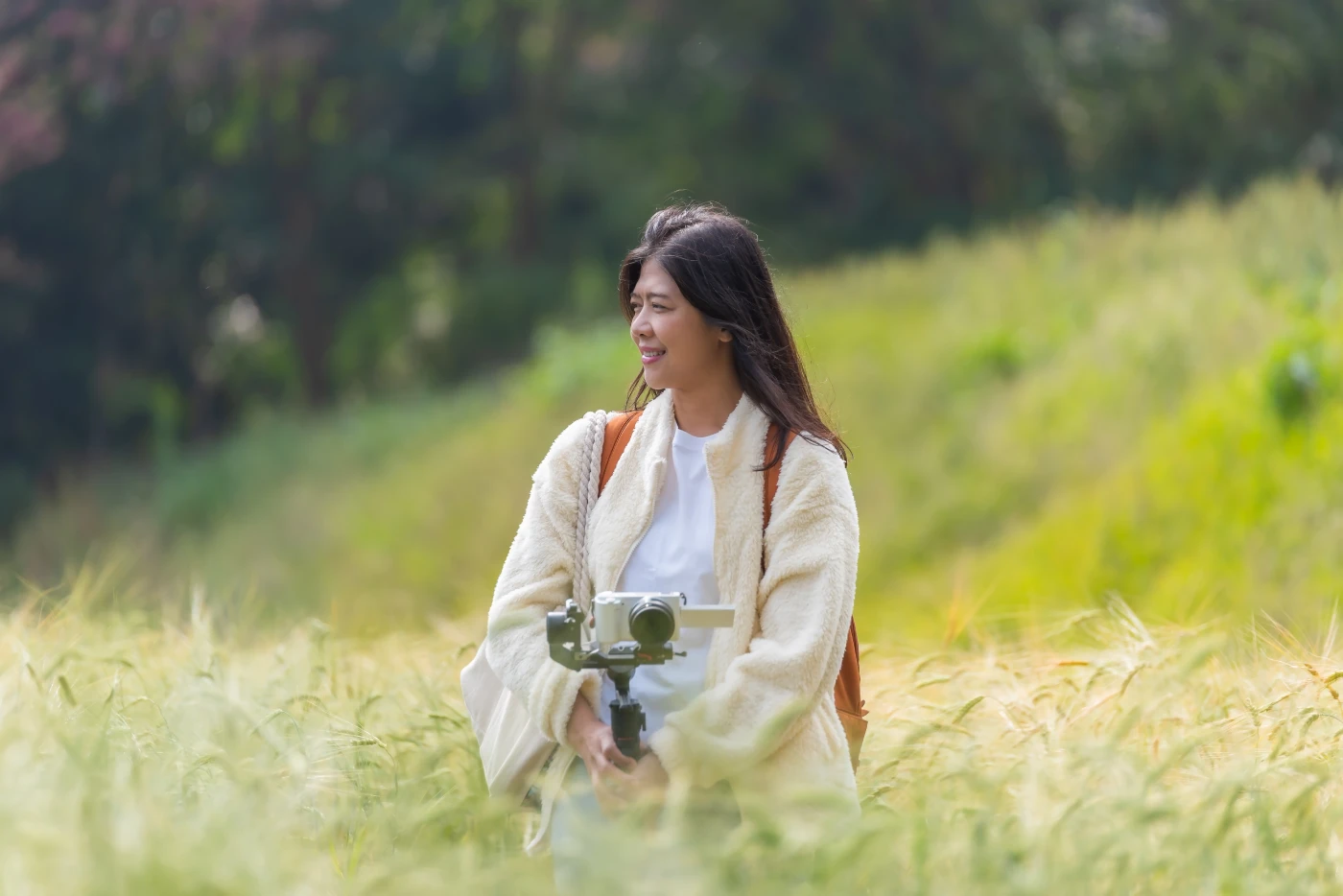
6 Powerful (and Simple) Ways to Promote Your Videography Services (+ Free Downloadable Checklist)
Did you know there are more than 43,000 freelance videographers in the United States? That’s

Did you know there are more than 43,000 freelance videographers in the United States? That’s
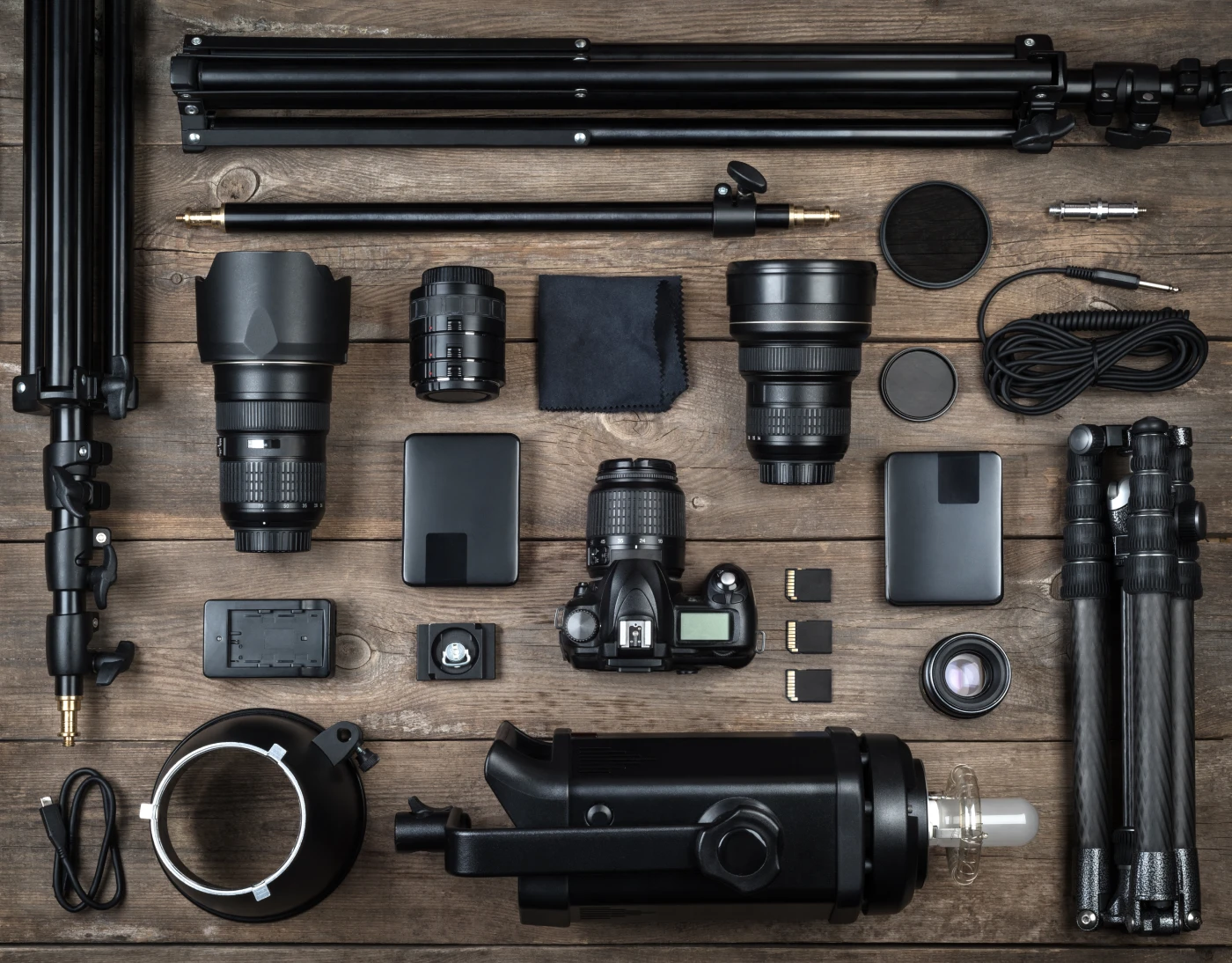
With so many cameras, lenses, and accessories on the market, it’s tough to know where

On July 16, 2025, CNBC and Statista named Veracity Insurance Solutions — Full Frame Insurance’s
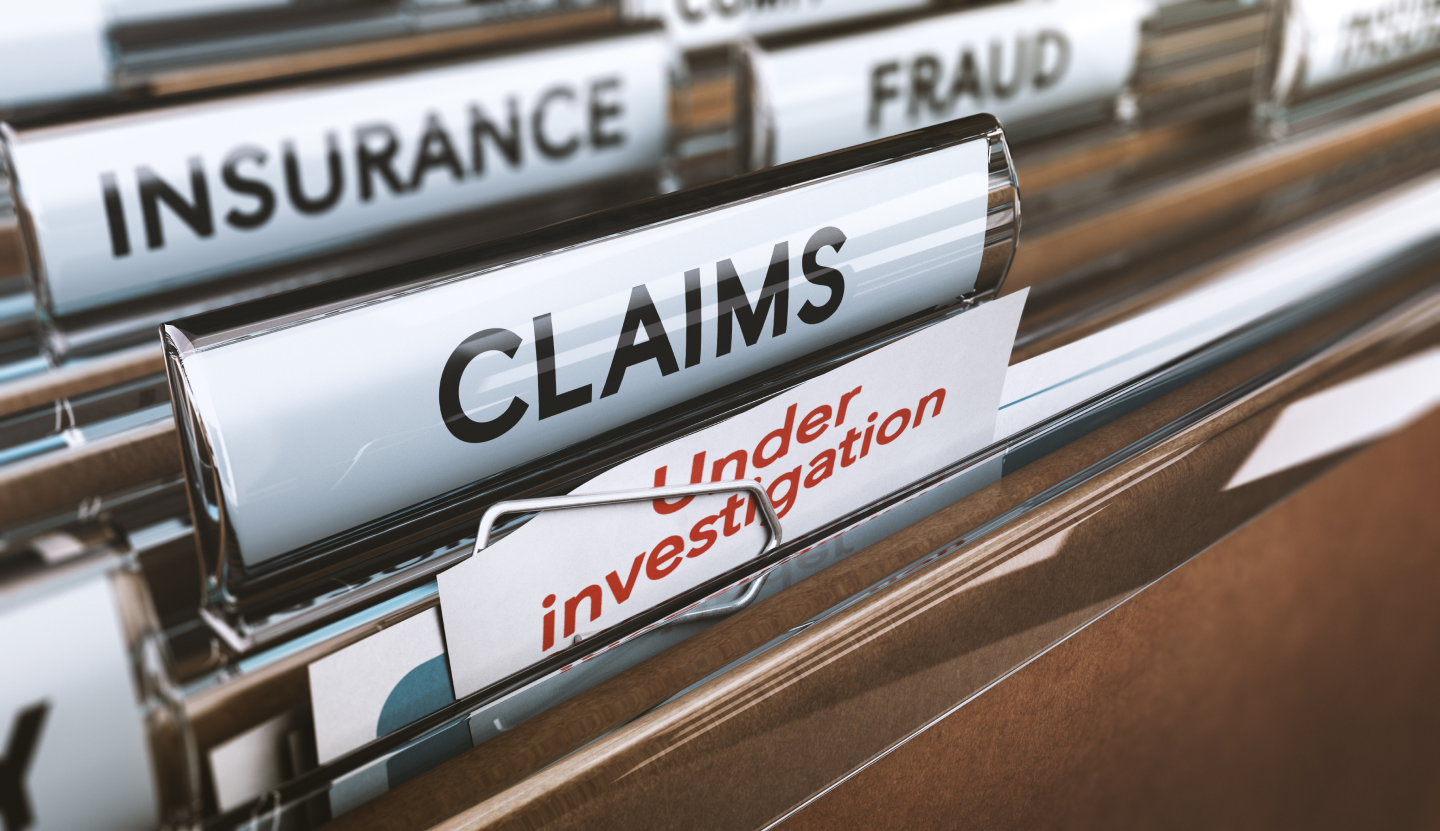
Question: What do all these things have in common? Fibbing about your car’s mileage on
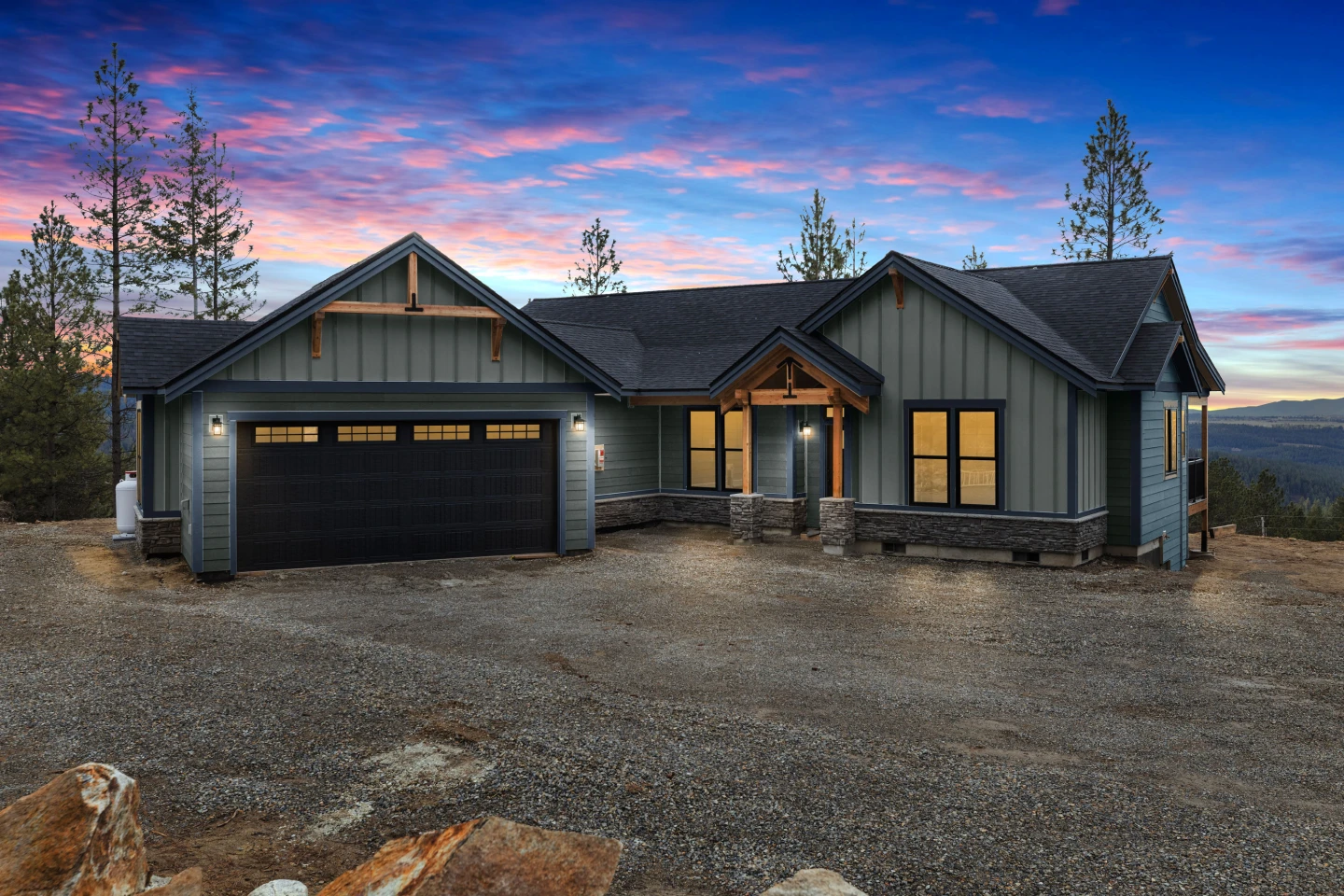
Do you have an eye for architecture, detail, and composition? Do you get a thrill
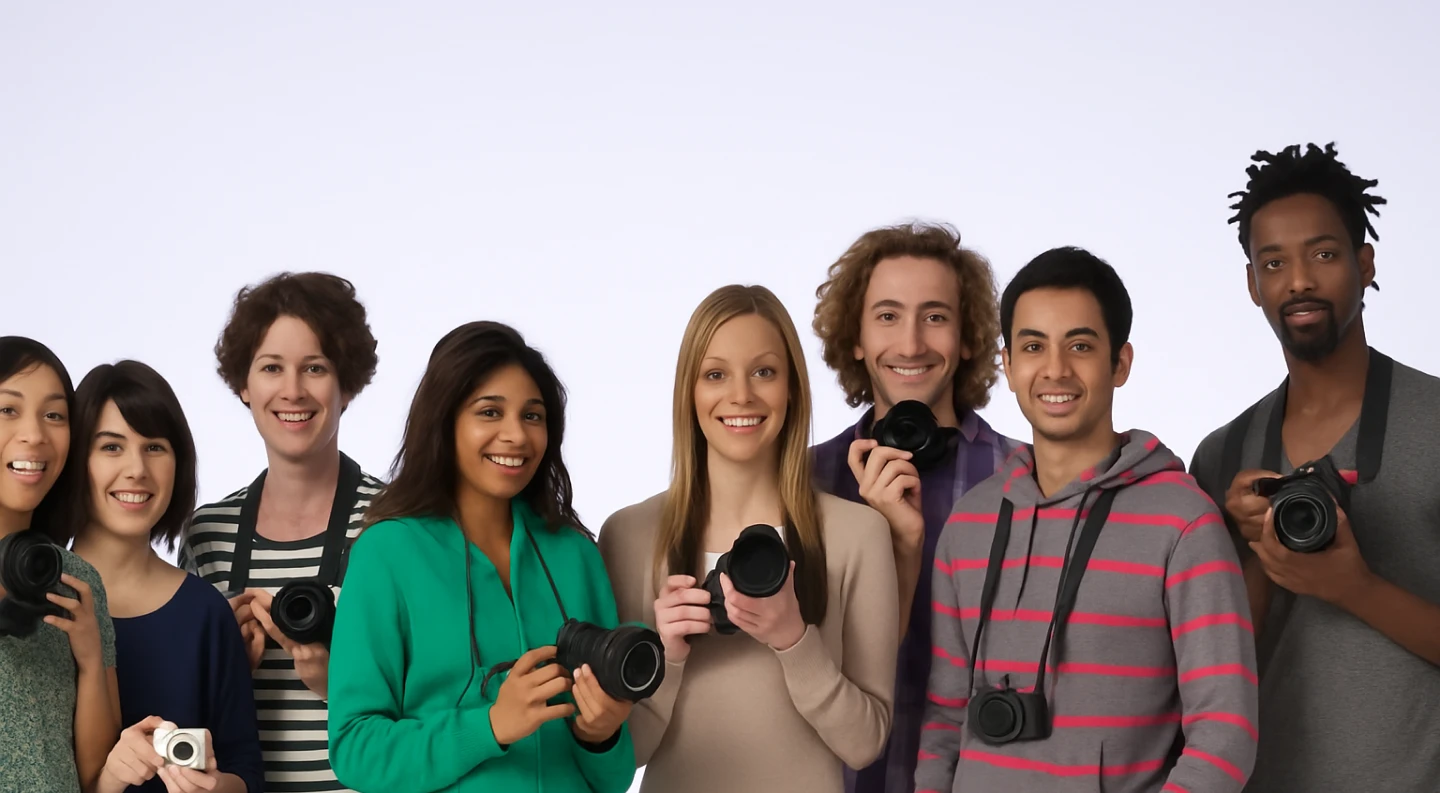
It can often be hard to find accurate answers for your photography questions. To help alleviate some stress, here’s a list of the top photographer associations.
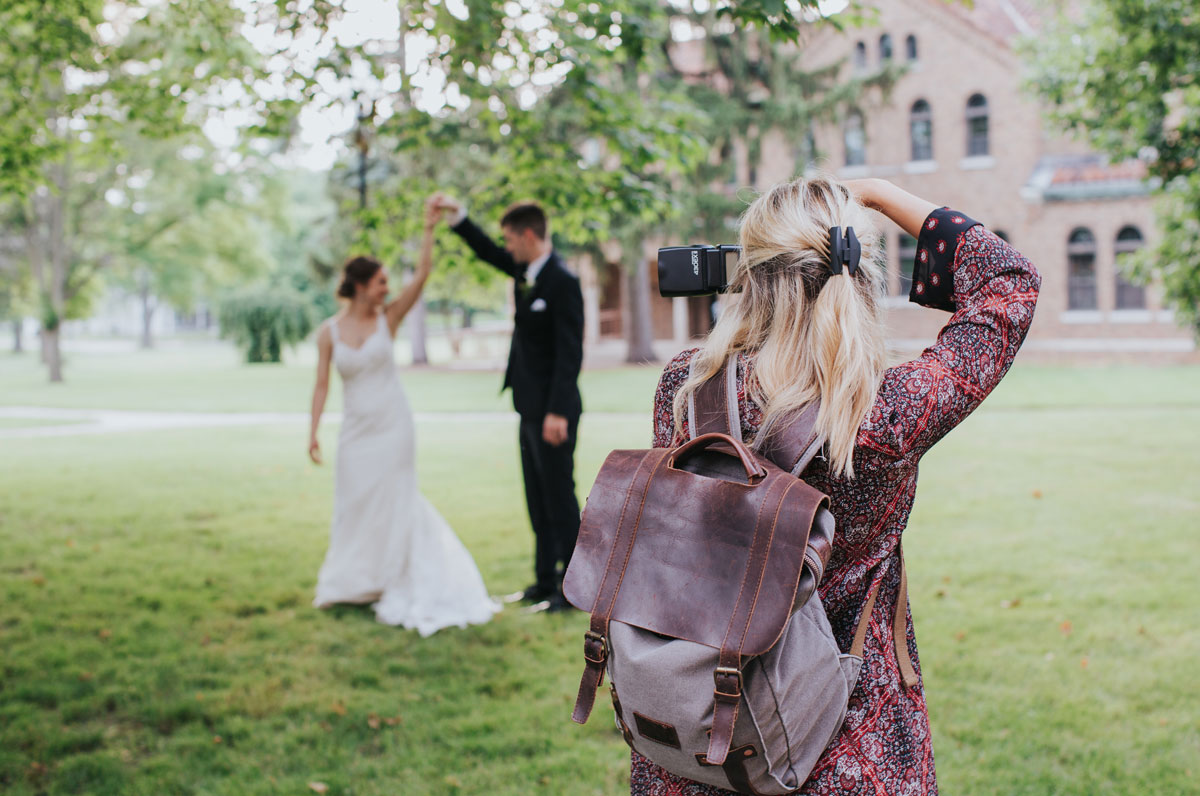
Weddings – we love weddings! Full of love and laughter! And for you, the wedding

Weddings – we love weddings! Full of love and laughter! And for you, the wedding
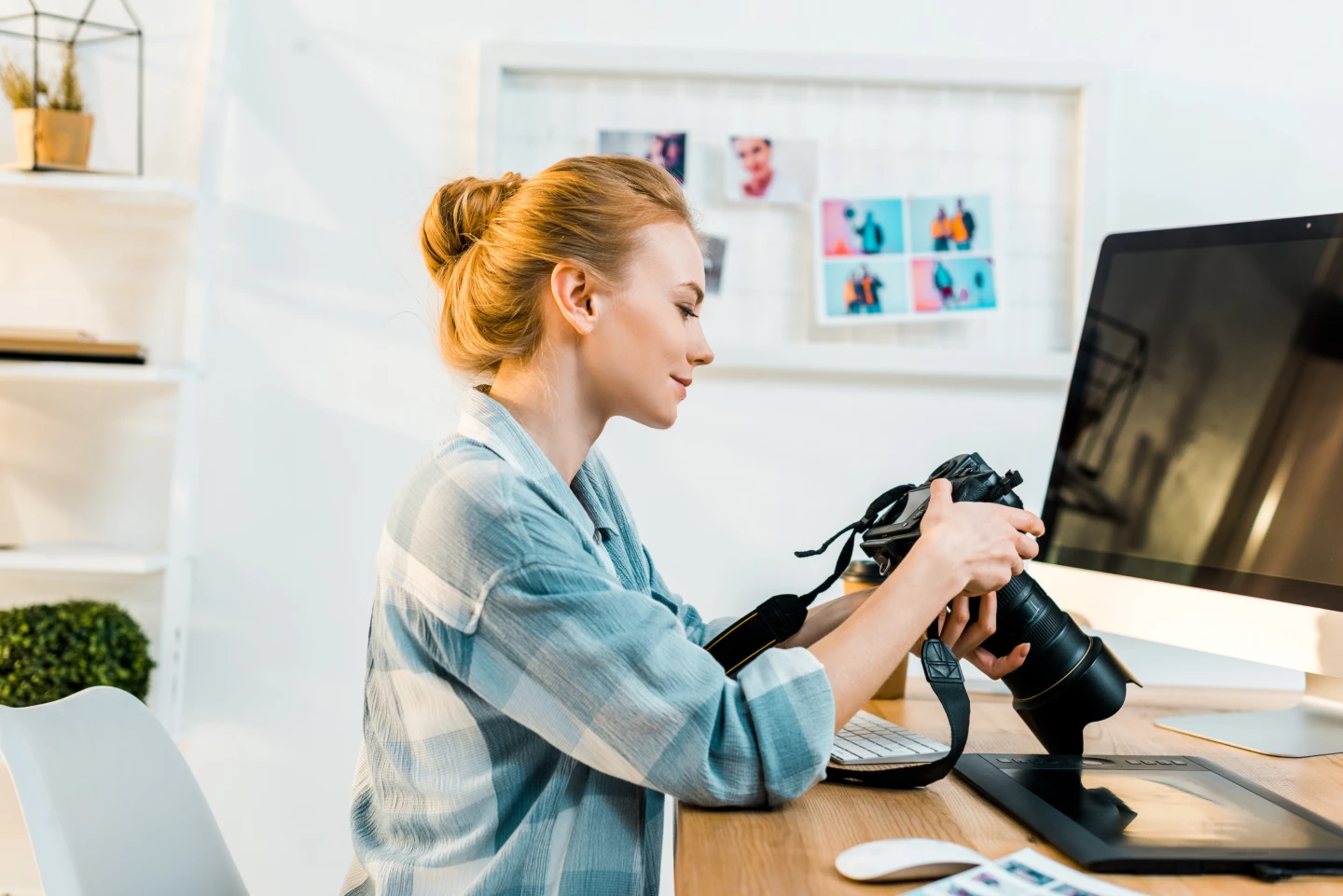
Marketing your photography business can be more challenging than getting a shy child to say

Did you know there are more than 43,000 freelance videographers in the United States? That’s a lot of competition for your growing business. But here’s

With so many cameras, lenses, and accessories on the market, it’s tough to know where to start. Whether you’re fresh out of school or ready

On July 16, 2025, CNBC and Statista named Veracity Insurance Solutions — Full Frame Insurance’s (FFI’s) parent company — one of the World’s Top Fintech

Question: What do all these things have in common? Fibbing about your car’s mileage on an auto insurance application Altering a receipt to change the

Do you have an eye for architecture, detail, and composition? Do you get a thrill from framing the perfect wide-angle shot? A career in real

It can often be hard to find accurate answers for your photography questions. To help alleviate some stress, here’s a list of the top photographer associations.

Weddings – we love weddings! Full of love and laughter! And for you, the wedding photographer, a lot of work. You have your hands full

Weddings – we love weddings! Full of love and laughter! And for you, the wedding photographer, a lot of work. You have your hands full

Marketing your photography business can be more challenging than getting a shy child to say cheese. Where and how do you find clients? How do
Data breach insurance can cover the cost of claims that arise from a cybersecurity breach. If you collect or store client info or photos online, take payments over the internet, or send sensitive data over email, we highly recommend adding this coverage to your policy.
Failure to Deliver, aka professional liability or errors and omissions (E&O), can cover the cost of claims that arise from mistakes, like if your memory card fails and your client’s photos are lost, an unexpected illness prevents you from being able to shoot an event, or you inadvertently give poor or incomplete advice as part of a demo.
When you add a person, event, or organization to your policy as an additional insured, they receive protection if they are named in a suit due to a covered business-related loss/claim because of your actions or operations.
Additional insured status cannot be granted to a friend or co-worker as an extension of your policy. Each individual must purchase their own policy to obtain liability coverage.
A written contract, such as a venue, studio rental, or employment contract is required to add another party as additional insured.
General liability insurance can cover the cost of third-party bodily injury and property damage claims, like if a client trips on your business equipment and injures themselves, or you accidentally damage furnishings or flooring at a venue. It also protects against the cost of copyright infringement claims, personal and advertising injury claims, and more.
This coverage can protect your business from the cost of claims arising from damages done to rented spaces, like a studio or event booth. It’s common for property owners and event organizers to require businesses to list them as additional insureds on a policy before renting a space. Full Frame provides unlimited additional insureds for just $30.
Also known as inland marine, camera equipment insurance can cover the cost of repairing or replacing damaged or stolen business equipment (camera bodies, lenses, lighting equipment, and more). Our policy can protect against claims that occur at home, on a job, and anywhere in between. Full Frame offers multiple coverage options for equipment insurance based on your business needs.